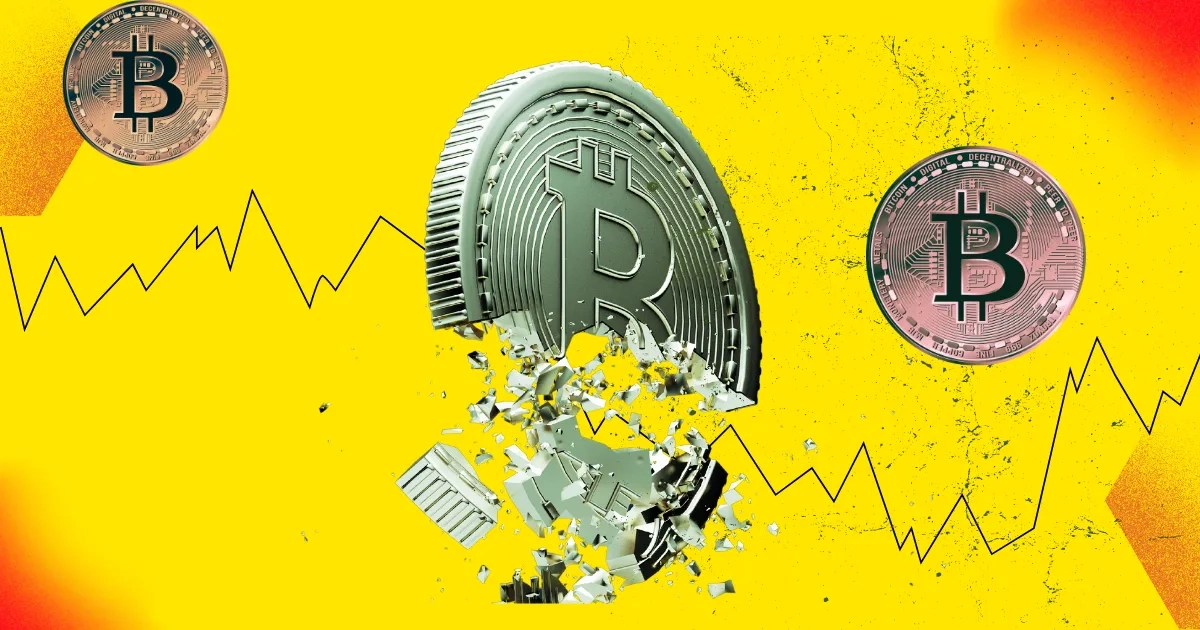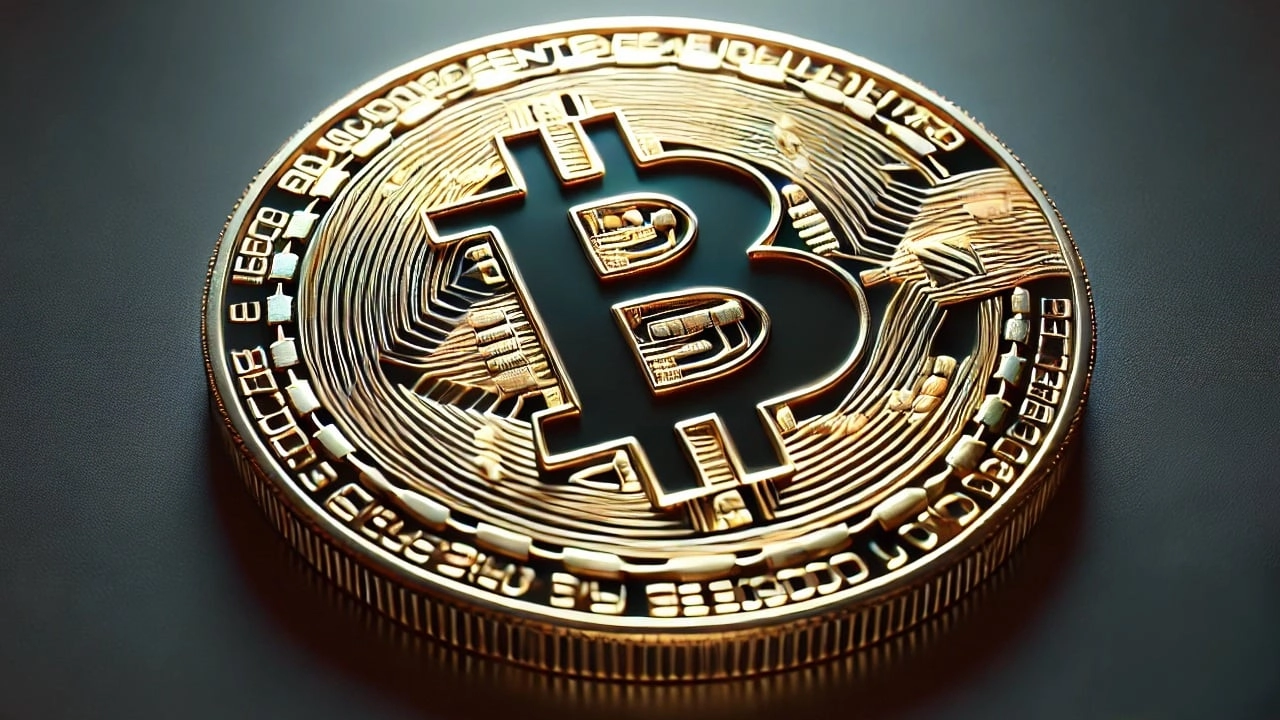Ways Independent Nigerian Music Artists Can Make More Money
Independent Nigerian artists who want to grow their music careers need smart ways to make money. These eight simple strategies from using blockchain royalties to selling music for virtual reality can help artists earn more and stay ahead in Nigeria’s music industry.
1. Waterfall Release Strategy
The waterfall release method means releasing songs from an album one by one instead of all at once. This keeps fans excited, increases streaming numbers, and helps each song get more attention.
Top Nigerian artists like Rema, Davido, and Burna Boy use this method. For example, before Rema released his second album Heis on July 11, 2024, he first dropped the single Hehehe. This got fans talking and made the full album release even bigger. The album later got a Grammy nomination for Best Global Music Album.
2. Fan Funnels
A fan funnel is a step-by-step way to turn casual listeners into loyal fans who buy music and concert tickets. The process has three steps:
- Awareness: Grab attention with a catchy song or viral social media post.
- Engagement: Keep fans interested with behind-the-scenes videos, polls, and live Q&A sessions.
- Conversion: Get fans to support you by streaming your album, buying merchandise, or attending concerts.
Artists like Odeal, Shallipopi, and Seyi Vibez use fan funnels to grow their fanbase and earn more money.
3. Playlist Payola
Playlist payola is when artists or promoters pay to get songs added to top streaming playlists, radio, or TV. Unlike organic placements, this method involves secret deals.
Although it can bring quick attention, it is risky. Platforms like Spotify and Apple Music do not allow it and may remove songs or ban artists who do it. Instead, independent artists should build relationships with playlist curators and grow their streams naturally.
4. Direct-to-Fan (D2F) Marketing
D2F marketing allows artists to sell music, merchandise, and special experiences directly to fans without middlemen like record labels or streaming services. This means artists keep more money and have better control over their careers.
Platforms like Bandcamp, Patreon, and personal websites help artists make money directly from fans. While D2F marketing takes effort, it is a great way for independent artists to succeed.
5. Dynamic Pricing
Dynamic pricing means changing prices based on demand. For example, ticket prices for a popular concert may increase as more people buy, while tickets for a less popular show may drop to attract more fans.
Artists like Johnny Drille and Rema use this method to earn more from ticket sales. Nigerian platforms like Tix Africa help artists set dynamic prices for concerts and events.
6. Virtual Sync (V-Sync)
V-Sync is when artists license their music for virtual reality (VR), metaverse experiences, and AI-generated videos. While VR is still growing in Nigeria, it has a lot of potential worldwide.
Nigerian artists can explore V-Sync by selling music for virtual concerts, 3D dance parties, and AI-generated content. This creates new ways to make money beyond traditional streaming.
7. Micro-Sync Licensing
Micro-sync licensing is when artists license their music for short digital content, like YouTube videos, TikTok clips, and social media ads. Unlike big TV or movie deals, these are small, easy-to-get licenses.
For example, when someone uses a 1-15 second clip of a song on TikTok or Instagram, the artist can earn money if their song is licensed on the platform. This not only brings in cash but also helps the song go viral.
8. Tokenized Royalties
Tokenized royalties use blockchain technology to help independent artists raise money for their careers. Instead of waiting for slow streaming payments, artists can sell small shares of their future earnings to fans and investors.
For example, an artist can create digital tokens linked to a song’s royalties and sell them to fans. This gives artists instant cash and lets fans own a piece of their success.



